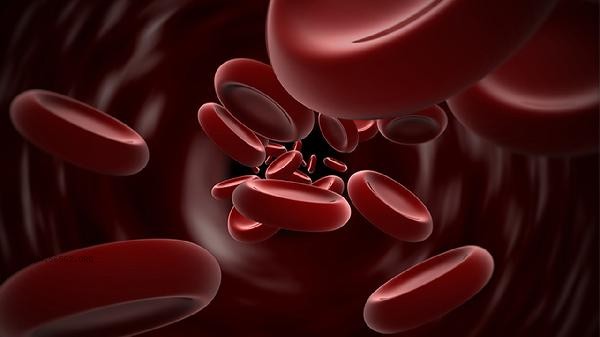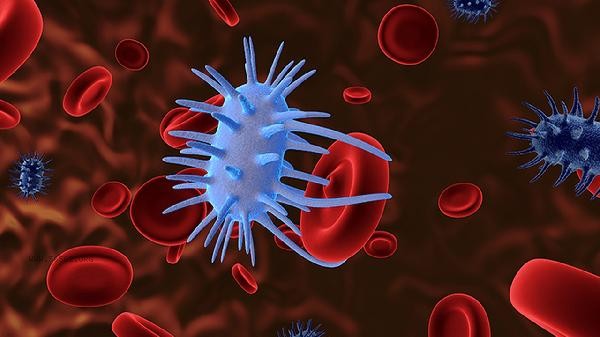A high mean corpuscular volume (MCV) of red blood cells may indicate nutritional deficiency, blood disorders, or metabolic abnormalities, mainly affecting symptoms of anemia, increased risk of tissue hypoxia, and potential disease progression. Common causes include vitamin B12 or folate deficiency, alcoholic liver disease, hypothyroidism, myelodysplastic syndrome, and hemolytic anemia.

1. Nutritional deficiency:
Insufficient intake of vitamin B12 or folate is a common cause of elevated MCV. These two nutrients are involved in DNA synthesis, and when lacking, the division of red blood cell precursors in the bone marrow is hindered, leading to an increase in the volume of mature red blood cells. Long term vegetarians and patients with gastrointestinal absorption disorders are prone to this type of megaloblastic anemia, accompanied by neurological symptoms such as numbness in the hands and feet and glossitis.
2. Alcohol effects:
Long term excessive alcohol consumption can directly damage bone marrow hematopoietic function and interfere with folate metabolism. The increase in red blood cell volume in patients with alcoholic liver disease is often accompanied by abnormal liver enzymes, and MCV indicators can gradually recover after quitting alcohol. Such patients may exhibit coagulation dysfunction such as skin bruising and gum bleeding.
3. Endocrine disorders:

When thyroid function is reduced, the body's metabolic rate decreases, leading to a decrease in the secretion of erythropoietin and a shorter lifespan of red blood cells produced. Except for hypothyroidism symptoms such as fatigue and fear of cold, the degree of anemia in patients is usually mild, and MCV can be restored to normal after supplementing thyroid hormones.
4. Bone marrow abnormalities:
Hematopoietic system diseases such as myelodysplastic syndrome can lead to pathological hematopoiesis, producing abnormally sized red blood cells. These patients often have concurrent leukopenia or thrombocytopenia and require bone marrow biopsy for diagnosis. Some cases may progress to leukemia and require regular monitoring of blood count changes.
5. Hemolytic factors: In hemolytic anemia, the compensatory acceleration of red blood cell production in the bone marrow results in a larger volume of newly formed reticulocytes, leading to a temporary increase in MCV. Acute hemolysis may result in jaundice and soy sauce colored urine, while chronic hemolysis often leads to splenomegaly, and the cause needs to be determined through hemolysis related examinations.
found that an increase in MCV should be judged comprehensively based on indicators such as hemoglobin and red blood cell count. For mild abnormalities, it is recommended to adjust the diet structure first, increase foods rich in vitamin B12 and folate such as animal liver and dark green vegetables, and limit alcohol intake. When there are persistent abnormalities or accompanied by other blood cell abnormalities, further examinations such as iron metabolism, thyroid function, and bone marrow puncture are required. Pregnant women and elderly people with high MCV should actively investigate the cause to avoid long-term hypoxia affecting fetal development or increasing cardiovascular and cerebrovascular burden. Moderate aerobic exercise can improve blood circulation in daily life, but patients with severe anemia should avoid vigorous exercise.









Comments (0)
Leave a Comment
No comments yet
Be the first to share your thoughts!